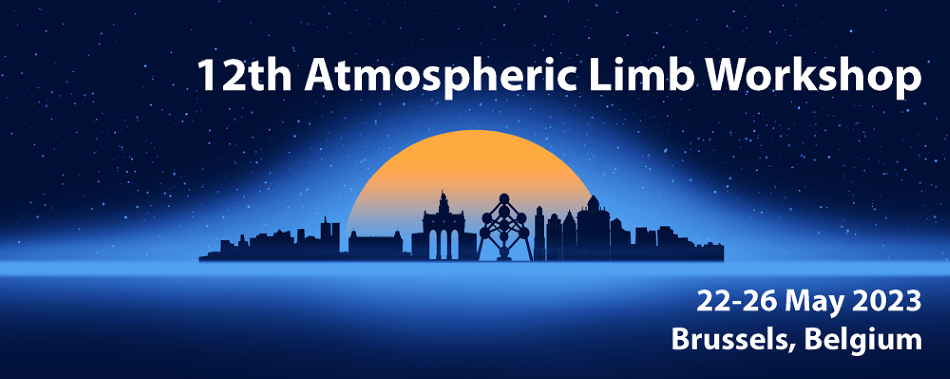Speaker
Description
On 15 January 2022, the submarine Hunga Tonga-Hunga Ha'apai volcanic eruption lofted materials high into the upper stratosphere, reaching a record-breaking altitude of ~58 km, unprecedented in the satellite observations era. Within two weeks, the bulk of the injected material circulated the globe between 20 – 30 km altitude, as observed by the OMPS LP instrument. Initial predictions suggested that the direct impact on Earth's radiation budget may not be as significant as the 1991 Pinatubo eruption because of the relatively low sulfur dioxide (SO2) injection, estimated to be 0.4 Tg compared to the 20 Tg from Pinatubo. We estimated however that the stratospheric aerosol optical depth (sAOD) measured by OMPS LP is the largest since the Pinatubo eruption and is at least twice as great as the sAOD after the 2015 Calbubo eruption despite the similar SO2 injection from that eruption.
We use space-based observations of OMPS LP, SAGE III/ISS, and CALIPSO to monitor the Hunga-Tonga volcanic plume evolution and transport at different altitudes as it circulates the globe. While the main aerosol layer initially remained trapped in the tropical pipe, significant parts of the aerosol layer were transported to the south pole and played a significant role in this year’s large ozone hole.

